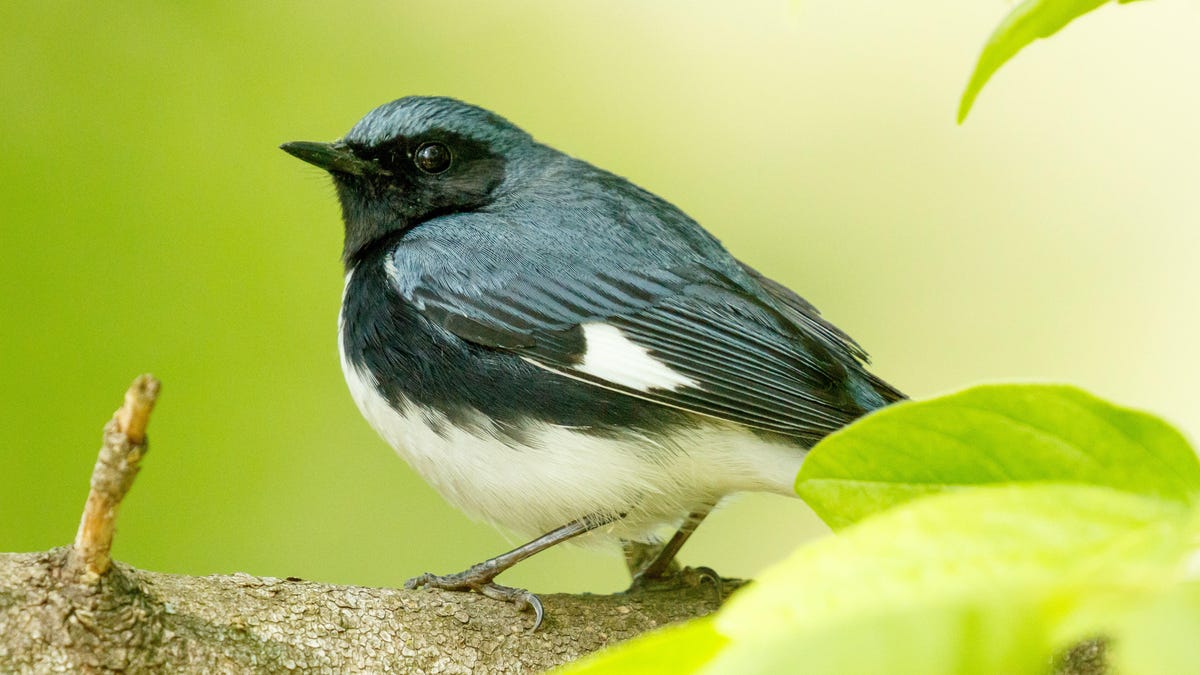Scientists sound the alarm: Nearly 3 billion birds have vanished
A devasting report describes an ecological crisis that's decimating the bird population in the US and Canada.

A black-throated blue warbler perches in a tree.
"Astounded." That's the word applied conservation scientist Ken Rosenberg used to describe his team's reaction to their study that's tallied a massive loss of birds in the continental US and Canada. A paper published Thursday in the journal Science highlights a devastating statistic: a net loss of nearly 3 billion birds, or 29% of the total adult breeding population, since 1970. Rosenberg, of Cornell University, is lead author of the study.
"We expected to see continuing declines of threatened species. But for the first time, the results also showed pervasive losses among common birds across all habitats, including backyard birds," Rosenberg in a statement.
The study analyzed years of data, including numbers from long-term bird surveys and migration data collected by radar stations. This is the same radar technology that can detect swarms of insects. The researchers found the losses stretched across diverse habitats, from forests to grasslands.
You don't need to be miles away from civilization to see birds. This song sparrow was singing vigorously in the middle of San Francisco.
Even casual birdwatchers will recognize some of the hardest-hit groups of birds, which include finches, sparrows, larks and blackbirds.
The study didn't take a deep dive into the cause for the declines, but did note how "habitat loss, climate change, unregulated harvest and other forms of human-caused mortality" have contributed to global extinctions of animals.
This trend isn't restricted to the US and Canada. "Steep declines in North American birds parallel patterns of avian declines emerging globally," the paper said.
The researchers found a few good signs, such as increases in raptor and waterfowl populations. These gains may be due to the ban of certain pesticides and the institution of government protections and conservation efforts for these types of birds.
The researchers have launched a website called 3 Billion Birds to share the findings of the study and give suggestions on how people can help. Tips include keeping cats indoors, avoiding pesticide use, using less plastic and growing more native plants.
"Can you imagine a world without birdsong?" study co-author Peter Marra of Georgetown University asked. This alarming study suggests the overall bird population may be acting as the canary in the coal mine for a larger environmental crisis.
"It's telling us that our environment is not healthy. Not for birds, and probably also not for humans," said Marra.
Originally published Sept. 19, 2:24 p.m. PT.

